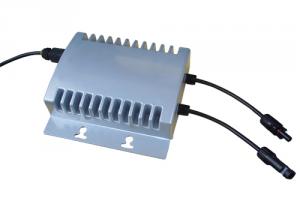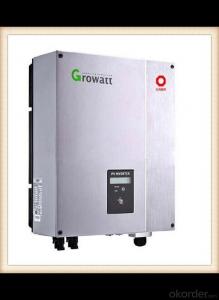3kw Solar Grid Tie Inverter
3kw Solar Grid Tie Inverter Related Searches
Led Light Bulbs For Ceiling Fixtures Led Lamps For Ceiling 42 In Ceiling Fan With Light Parts For Light Fixtures Light Projector For Christmas Grill With Led Light Bar Hanging Lights For Kitchen Bar Ceiling Lights For Sitting Room Ceiling Brackets For Lights Ceiling With Led LightsHot Searches
Aluminium Wire Mesh Manufacturers India Ceiling Fan Lowest Price Aluminium Scaffold Planks Sale Aluminium Walkway Mesh Prices Aluminum Bar Stock For Sale High Mast Light Price List Solar High Mast Light Specification High Mast Light Specification 6061 Aluminum Bar Stock Price Aluminum Bar Stock Price Stage Light Price Solar Inverter Fault Light Led Light Manufacturers Aluminum Round Bar Stock Sizes Aluminum Round Bar Stock Near Me Ceiling Fan Lowest Price Aluminum Flat Bar Stock Near Me Aluminum Bar Stock Sizes Aluminum Bar Stock Suppliers Aluminum Bar Stock Near Me3kw Solar Grid Tie Inverter Supplier & Manufacturer from China
Okorder.com is a professional 3kw Solar Grid Tie Inverter supplier & manufacturer, offers integrated one-stop services including real-time quoting and online cargo tracking. We are funded by CNBM Group, a Fortune 500 enterprise and the largest 3kw Solar Grid Tie Inverter firm in China.Hot Products
FAQ
- Yes, it is possible to upgrade an existing solar inverter without replacing the entire system. In many cases, solar inverters can be upgraded by simply replacing the existing inverter with a newer model that offers more advanced features or higher capacity. However, it is important to consult with a professional solar installer to determine the compatibility of the new inverter with your current system and ensure a successful upgrade.
- A solar inverter handles power quality disturbances by employing various protective measures. It typically includes features such as voltage regulation, frequency control, and surge protection. In the case of voltage fluctuations, the inverter adjusts the output voltage to maintain a stable power supply. Similarly, it monitors the grid frequency and adjusts its output frequency accordingly. Moreover, it incorporates surge protection mechanisms to safeguard against power surges and voltage spikes. Overall, a solar inverter efficiently manages power quality disturbances to ensure a reliable and stable electricity supply.
- Yes, a solar inverter can be used with a solar-powered air purification system. A solar inverter is responsible for converting the direct current (DC) produced by solar panels into usable alternating current (AC) for powering electrical devices. In the case of a solar-powered air purification system, the solar inverter would convert the DC power generated by the solar panels into AC power that can be used to run the air purification system. This allows for the system to operate efficiently using clean and renewable solar energy.
- The cost of a solar inverter can vary depending on various factors such as the brand, size, capacity, and additional features. Generally, residential solar inverters can range from $500 to $2,000, while commercial or larger-scale inverters can cost several thousand dollars. It is recommended to consult with a solar installer or supplier to get an accurate cost estimate based on your specific requirements.
- A solar inverter handles anti-islanding protection by continuously monitoring the grid's voltage and frequency. If the grid's voltage or frequency deviates from the predetermined range, indicating a potential islanding condition, the inverter quickly disconnects from the grid to prevent energy flow. This ensures the safety of utility workers and prevents damage to the electrical grid.
- The role of reactive power control in a solar inverter is to manage and regulate the flow of reactive power in the electrical system. It helps to maintain a stable voltage level, improve power factor, and ensure efficient operation of the solar inverter. By controlling reactive power, the inverter can mitigate voltage fluctuations and provide optimal power quality, making the system more reliable and compliant with grid requirements.
- The impact of temperature on the performance of a solar inverter is significant. As temperature increases, the efficiency of the inverter tends to decrease. This is because higher temperatures can lead to increased resistive losses, increased internal losses, and decreased power conversion efficiency. Additionally, overheating can cause the inverter to shut down or operate at reduced capacity to prevent damage. Therefore, it is important to consider temperature management and cooling strategies to optimize the performance and lifespan of a solar inverter.













































